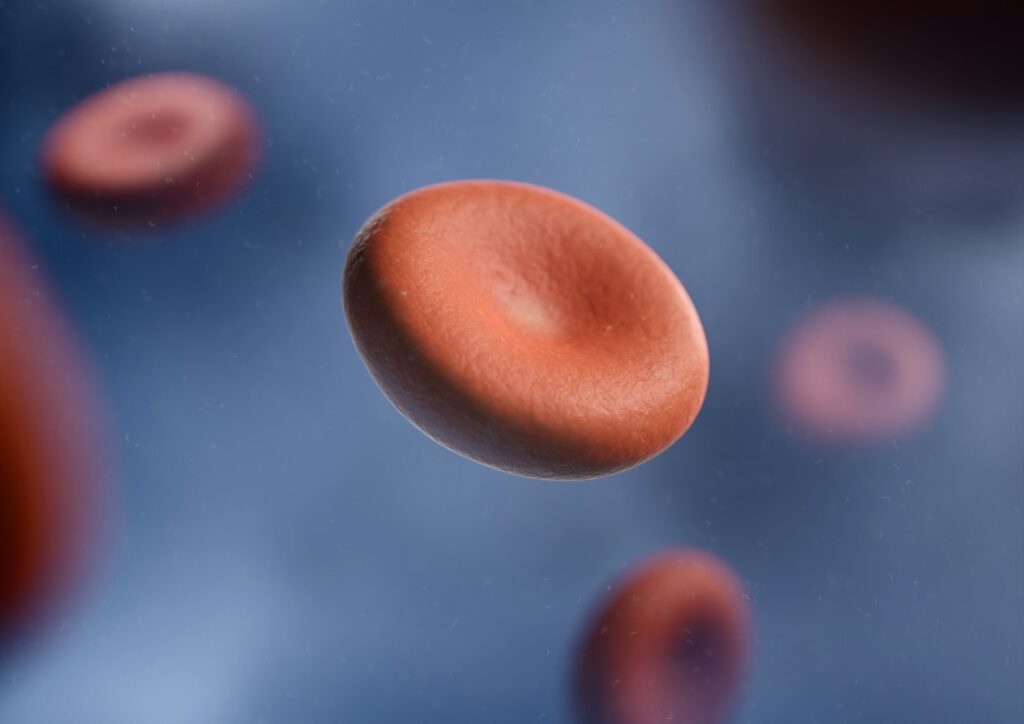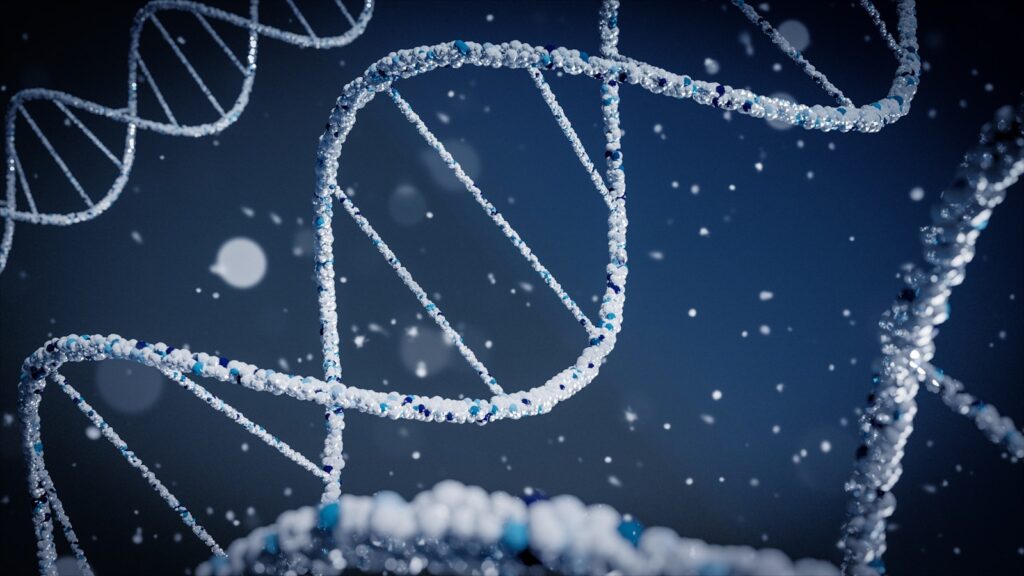
What defines the experience of being a woman? Beyond the surface lies a profound interplay of biology, history, and cultural influence. Womanhood is not a singular concept, but a complex tapestry woven with diverse threads—each representing a unique dimension of identity, struggle, and strength.
This exploration invites a deeper understanding of the female experience, informed by scientific knowledge and historical perspective. Rather than relying on assumptions or simplified narratives, it examines the essential traits and lived realities that have shaped women across generations and societies.

Defining ‘Woman’: Language, Biology, and Shifting Social Recognition
At its most essential level, a woman is defined as an adult female human. This seemingly simple definition encompasses a complex array of biological and social distinctions that differentiate adult females from males. Prior to adulthood, a female human is typically referred to as a girl—a term that historically held a broader meaning, once used to denote children of any sex. It was not until the 16th century that its usage narrowed to specifically indicate a female child.
The word “woman” has a rich etymological history. It originated from the Old English term wīfmann, which meant “woman-person.” This construction combined wīf, meaning woman or wife, and mann, which initially functioned as a gender-neutral term similar to the modern word “person.” By the late 13th century, however, mann came to predominantly signify a male human. A common misconception holds that “woman” is derived from “womb,” though “womb” actually traces back to an Old English word meaning “belly” or “uterus,” and the two terms are etymologically unrelated.
In modern usage, “woman” refers generally to any female human or, more precisely, to an adult female as distinct from a girl. While “girl” is sometimes informally applied to younger or unmarried women, this usage faced growing criticism during the feminist movements of the early 1970s. Activists challenged terms such as “office girl” for their reductive implications, encouraging a broader shift toward language that affirms the adult status and autonomy of women.
This evolution in terminology reflects broader societal efforts to recognize and respect women as full and equal participants in public and professional life.
The Genetic Foundations of Female Biology: Chromosomes, Development, and Ancestry
The biological distinctiveness of females is rooted at the genetic level, where a characteristic chromosomal configuration sets the developmental framework. In most cases, human females possess two X chromosomes, a pairing that determines essential aspects of their physiology and growth. In contrast, human males typically carry one X and one Y chromosome, establishing a foundational genetic difference between the sexes.
This chromosomal blueprint exerts influence from the earliest stages of embryonic development. Initially, all embryos exhibit external characteristics that resemble the female form. Around the sixth or seventh week of gestation, the presence of the SRY gene on the Y chromosome initiates the differentiation of male gonads into testes. In the absence of this gene, female development continues along a default pathway guided by the X chromosomes, independent of hormonal triggers from the gonads.
Moreover, female genetic inheritance provides a valuable key to understanding human ancestry. Because mitochondrial DNA is transmitted exclusively through the maternal line via the ovum, researchers are able to trace maternal heritage across generations. This unique genetic continuity offers significant insights into the migration patterns and evolutionary history of human populations, connecting individuals to distant maternal ancestors through an unbroken biological thread.

Hormonal Transitions in the Female Life Cycle: From Adolescence to Post-Reproductive Contribution
The female body undergoes profound physiological changes throughout life, guided by a complex hormonal system that defines key stages from adolescence to later adulthood. Puberty marks the onset of reproductive capability and is initiated by hormonal signals from the pituitary gland, which stimulate the ovaries to begin producing estrogen and other sex hormones. These biochemical messengers drive physical maturation, leading to increased height and weight, the growth of body hair, breast development, and the initiation of menstruation, known as menarche.
Menarche typically occurs between the ages of 12 and 13 and signifies the beginning of a girl’s potential reproductive capacity. Pregnancy, which involves the fertilization of an ovum by sperm, either through sexual intercourse or assisted reproductive technologies, is possible only for individuals with functional uteruses. Humans usually give birth to a single offspring at a time and, like many other large mammals, require extensive postnatal care due to the altricial nature of human infants, who are born relatively underdeveloped.
The reproductive phase concludes with menopause, generally occurring between the ages of 49 and 52. Menopause marks the permanent end of menstruation and signals the cessation of natural fertility.

The Role of Estrogen: Hormonal Influence on Female Physical Development
Estrogens, the primary female sex hormones, play a central role in shaping the female body, both functionally and aesthetically. Although present in both sexes, estrogen levels are significantly higher in women, particularly during the reproductive years. This hormonal predominance is responsible for many of the physical and physiological differences between females and males.
One of estrogen’s most prominent effects is the development of secondary sexual characteristics during puberty. Rising estrogen levels trigger essential bodily changes in adolescent girls, including breast development and the widening of the pelvis—both key adaptations for reproductive function. These changes are not merely superficial; they are foundational to the reproductive system and contribute to the biological identity of the female form.
Within the hormonal environment of puberty, a complex interplay also occurs. While estrogen drives feminizing developments, testosterone—present at lower levels in females—can influence outcomes as well. Elevated testosterone levels may inhibit breast development and promote the growth of muscle mass and facial hair. This subtle hormonal balance contributes to the natural variation observed in female body types, emphasizing the nuanced regulation of physical traits.

Sex-Based Variations in the Circulatory System: Female Cardiovascular Physiology
The human circulatory system, central to sustaining life, exhibits notable sex-specific differences that extend beyond basic anatomical size. Among these, hematocrit levels—the proportion of red blood cells within the blood volume—are typically lower in women than in men. This physiological distinction is primarily linked to differences in testosterone levels. Testosterone stimulates the production of erythropoietin, a hormone responsible for promoting red blood cell formation in the kidneys, thereby elevating hematocrit and hemoglobin levels in males.
In women, the normal hematocrit range lies between 36% and 48%, compared to 41% to 50% in men. Hemoglobin concentrations, which reflect the oxygen-carrying capacity of the blood, also differ. The typical range for women is 12.0 to 15.5 g/dL, while in men it ranges from 13.5 to 17.5 g/dL. These variations represent adaptive physiological differences that contribute to the distinct functional profiles of male and female bodies.
Beyond blood composition, structural characteristics of the heart itself also vary by sex. Studies indicate that female cardiac muscle tissue tends to exhibit a finer-grained texture than that of males. Additionally, when adjusted for body size and age, the heart’s overall shape and surface area show measurable differences. Of particular interest, research suggests that women’s hearts may age more slowly than those of men, indicating the presence of sex-linked protective biological mechanisms that remain the subject of ongoing investigation.

Sex Ratios and Longevity: Understanding Gender Disparities in Survival
From birth and throughout the lifespan, distinct patterns emerge in sex distribution and life expectancy that differentiate women from men. Globally, the birth ratio slightly favors males, with approximately 1018 males born for every 1000 females as of 2015. Despite this initial numerical disadvantage, females rapidly gain a survival advantage that persists across the lifespan.
Women tend to live six to eight years longer than men worldwide. This longevity advantage begins in infancy, as newborn girls show a higher probability of surviving their first year compared to boys. The extended lifespan of women is attributed to a combination of biological factors and gender-specific behaviors. For example, women are generally less likely to engage in high-risk behaviors such as smoking and reckless driving, resulting in fewer preventable premature deaths.
However, this pattern is not universal. In some regions, such as parts of Asia, societal discrimination against women has adversely affected female life expectancy, reversing the typical global trend and resulting in men outliving women. Conversely, in certain developed countries, the gap in life expectancy between men and women is narrowing. This change is partly due to improved male health outcomes and, paradoxically, the rise in harmful behaviors among women, including increased tobacco use. The World Health Organization emphasizes that the additional years women live are not always accompanied by good health, highlighting the importance of quality of life alongside longevity.

Exploring Sexuality and Gender Identity: The Diverse Spectrum of Womanhood
Beyond biological factors, female sexuality and gender identity encompass a rich and diverse landscape. While heterosexuality is predominant among women, significant minorities identify as lesbian or bisexual. Sexual attraction is influenced by a complex interplay of genetic predispositions, personality traits, upbringing, and cultural context.
Many societies adhere to a gender binary framework, yet some recognize a third gender or more fluid conceptions of gender. Femininity, comprising traits and social roles associated with women and girls, is largely a social construct, although certain behaviors have biological underpinnings. The ongoing discourse between nature and nurture continues to provide valuable insights into these dynamics.
Attention must also be given to transgender women, individuals assigned male at birth who identify as female. They often face gender dysphoria, a psychological distress caused by incongruence between gender identity and assigned sex. Gender-affirming interventions, whether social or medical, have been shown to significantly improve well-being. Like cisgender women, transgender women represent a broad spectrum of sexual orientations, affirming that womanhood is an expansive and inclusive identity.

Women’s Health: Distinct Challenges and Critical Considerations
Health is not a universal experience; women’s health encompasses unique factors, particularly those related to reproduction. Biological sex differences manifest from the molecular level to behavioral patterns, influenced by chromosomes, hormones, lifestyle, and environmental conditions.
Women often exhibit distinct responses to medications and possess different diagnostic thresholds. Certain diseases, such as lupus, breast cancer, cervical cancer, and ovarian cancer, predominantly or exclusively affect women. This highlights the critical importance of gynecology, the medical specialty dedicated to female health.
Maternal mortality remains a pressing global concern. Defined by the World Health Organization as the death of a woman during pregnancy or within 42 days following termination due to pregnancy-related causes, it affected over 500,000 women annually in 2008. The vast majority of these deaths—94%—occurred in low- and lower-middle-income countries. Leading causes include pre-eclampsia, unsafe abortions, and severe infections. This stark reality underscores ongoing challenges in ensuring safe maternal care worldwide.

Evolving Gender Roles: The Impact of Feminism and Ongoing Challenges
Gender roles have undergone significant transformation in recent history. Childhood career aspirations are no longer rigidly divided by gender. Traditionally, middle-class women focused on domestic responsibilities, while women from lower-income backgrounds sought employment outside the home, often in low-wage positions. However, societal changes were underway.
As the labor market evolved, physically demanding factory work gave way to cleaner, more respectable office jobs requiring higher education. For example, the participation of married women in the United States workforce increased dramatically from approximately 5.6 to 6 percent in 1900 to 23.8 percent by 1923, marking a shift toward greater involvement in careers and education.
Despite these advances, challenges persisted. Female scholars encountered barriers in academia, and professional women frequently bore disproportionate domestic responsibilities, which constrained their career advancement. The feminist movement emerged as a powerful advocate for equal opportunities and rights. Women gained access to a broader range of professions, though sexism remains a persistent global obstacle, underscoring the need for continued progress.
Confronting the Enduring Crisis: Violence Against Women Worldwide
Violence against women remains a profound global challenge. The United Nations Declaration on the Elimination of Violence against Women defines it as any act of gender-based violence resulting in physical, sexual, or psychological harm or suffering to women. Such violence occurs in both public and private spheres and reflects underlying unequal power dynamics.
This issue persists due to entrenched patriarchal values, inadequate legislation, and ineffective enforcement. Social norms frequently impede progress; for instance, UNICEF surveys reveal alarming proportions of women who believe that a husband is justified in physically disciplining his wife. Specific and egregious forms of violence include female genital mutilation, sex trafficking, forced marriage, rape, and honor killings.
Historically, women have suffered through practices such as witch burnings and widow sacrifices. In contemporary times, certain acts like marital rape remain unprohibited in many jurisdictions. Sexual violence intensifies during armed conflicts and genocides, as exemplified by the atrocities committed by groups such as ISIL, which perpetrated sexual slavery. The pursuit of safety and human rights for women continues to demand global commitment and action.

Education and Family Dynamics: Shaping the Future of Womanhood
This exploration concludes by focusing on two fundamental pillars: education and family life. Universal access to education remains uneven globally, yet significant progress has been made. In many Western countries, women are surpassing men academically, obtaining a greater number of degrees across various disciplines.
Challenges persist along the educational pathway. Although female literacy rates are improving worldwide, disparities remain pronounced in regions such as sub-Saharan Africa. Women often constitute the majority of university graduates but represent only about 30 percent of degree holders in science and engineering fields. Studies reveal that women face substantial obstacles in securing faculty positions at prestigious institutions, underscoring enduring inequalities in academia.
The structure of family life is also undergoing transformation. Fertility rates vary dramatically worldwide, influencing demographic aging. Western societies have seen a shift from extended to nuclear families, accompanied by a rise in non-marital births. While such family arrangements are accepted in some cultures, they remain stigmatized in others and can even result in violence. The role of motherhood continues to evolve, with increasing numbers of women balancing professional careers alongside childcare responsibilities. This evolution exemplifies the resilience and adaptability of women across the globe.
This comprehensive journey, from the complex interplay of hormones and cardiovascular distinctions to profound societal changes and persistent struggles for equality and safety, illustrates the remarkable resilience, adaptability, and enduring spirit that define womanhood. The narrative continues to evolve, challenging assumptions and celebrating the rich, multifaceted experiences of women worldwide. Recognizing and honoring the women in our lives deepens our understanding of humanity itself.





